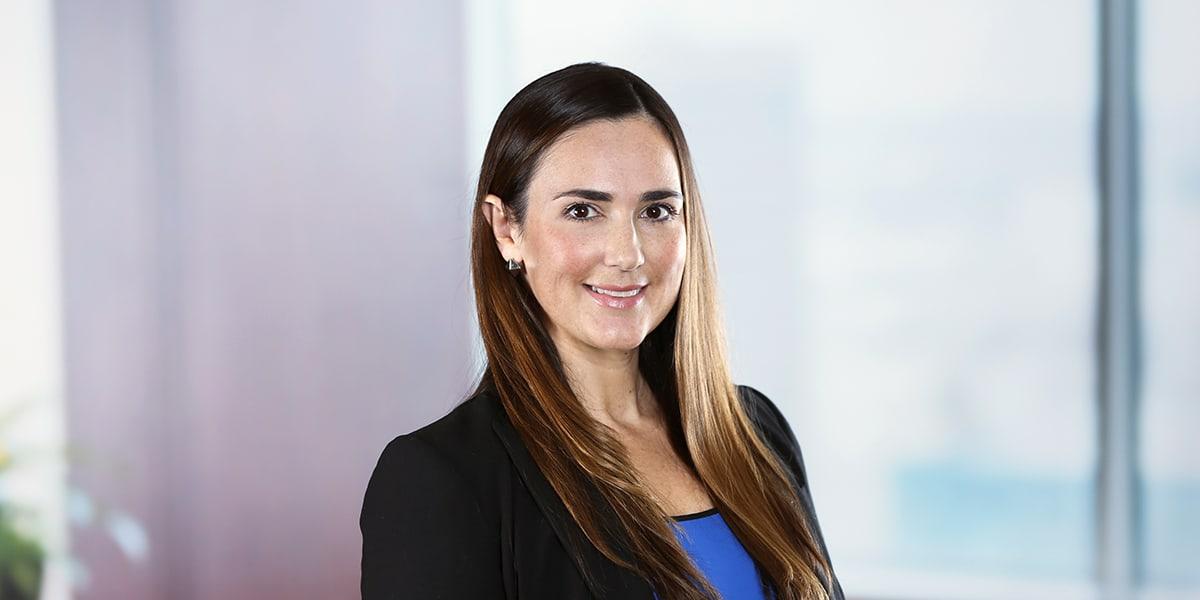
Monique focuses her practice on patent prosecution and strategic portfolio counseling. In addition to drafting and prosecuting patent applications, Monique produces infringement and validity opinions, conducts freedom-to-operate analyses, and works with clients to develop and implement offensive and defensive strategies to secure and maintain market share. She assesses competitor product lines and patent filings and helps clients determine opportunities for innovation in their own product lines, including design-around recommendations based on competitor patents.
Her clients range from startups to large, publicly traded companies in the medical device, aerospace, biotech, and action sports industries. Monique works closely with clients of all sizes to gain a deep understanding of their businesses and products. She enjoys visiting client sites to see products first-hand and to meet with engineers and the business and legal teams.
Her bio-mechanical education and engineering experience allow her to understand clients’ complex mechanical and medical devices and craft formidable patents protecting their innovations.
Prior to joining Mintz, Monique served as a patent agent in-house at Tandem Diabetes Care, Inc. and NuVasive, Inc. In these roles, she worked with inventors and management to participate in all aspects of intellectual property matters, including application drafting, evaluating concepts for potential patentability, and patent strategy development and analysis. She has also worked as a bio-mechanical engineer for Flex Partners, Inc. Her engineering work revolved around medical devices such as cardiac ablation catheters, eye sensor technology, insulin pumps, and orthopedic surgical tools and implants.
viewpoints
Benefits of Using Copyrights to Protect Artificial Intelligence and Machine Learning Inventions
July 11, 2022 | Blog | By Monique Winters Macek, Meena Seralathan
We previously discussed which portions of an artificial intelligence/machine-learning (“AI/ML”) platform could be patented or protected under trade secret, such as related to biotech and synthetic biology. Equally important to the discussion of how to protect components of an AI/ML platform, however, is the extent to which copyright protection may be useful or beneficial to the developer of the platform. In this post, we explain what can be protected by copyright in an AI/ML platform. We also explore when it is appropriate to protect portions of AI/ML platforms using a copyright, how to properly enforce copyrights, as well as when to consider using copyright protection over patent or trade secret protection.
Entrepreneurs of Color Receive Strategic Guidance
February 22, 2022 | Article
Patent Owner Tip #17 for Surviving an Instituted IPR: Alternatives to Motions to Amend in IPR Proceedings
September 2, 2021 | Blog | By Peter Cuomo, Monique Winters Macek
Patent Owner Tip #13 for Surviving an Instituted IPR: When to Amend Claims in an IPR
August 6, 2021 | Blog | By Monique Winters Macek, Michael Newman
Patent Owner Tip #9 for Surviving an Instituted IPR: Issues Warranting Limited Additional Discovery
June 10, 2021 | Blog | By Brad M Scheller, Monique Winters Macek
Patent Owner Tip #5 for Surviving An Instituted IPR: The Right Expert Can Save Your Patent
May 6, 2021 | Blog | By Daniel Weinger, Monique Winters Macek
The Federal Circuit Provides New Guidance for Patent Licensees Wishing to Challenge the Licensed Patent’s Validity
April 21, 2021 | Blog | By Brad M Scheller, Peter Cuomo, Monique Winters Macek, Mark Hammond
Doctrine of Assignor Estoppel to be Reviewed by U.S. Supreme Court
February 25, 2021 | Blog | By Christina Sperry, Monique Winters Macek
Fate of PTAB Judges and Decisions Now in Hands of Supreme Court
October 15, 2020 | Blog | By Michael Renaud, William Meunier, Monique Winters Macek
Overcoming Obviousness Rejections: Arguing Changes to Fundamental Principle of Operation
January 24, 2018 | Blog | By Christina Sperry, Monique Winters Macek
Recognition & Awards
Member, American Intellectual Property Law Association (AIPLA)



